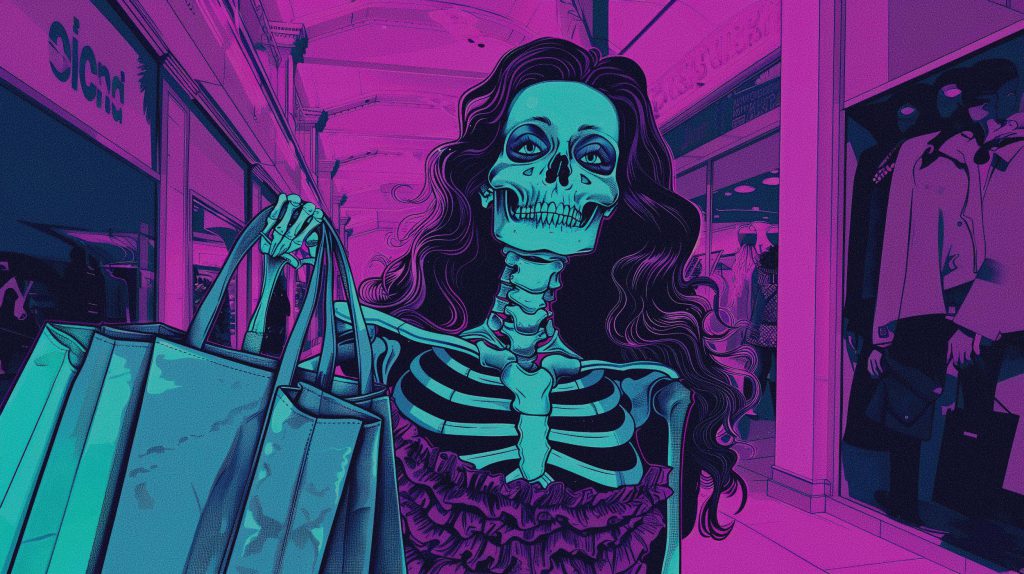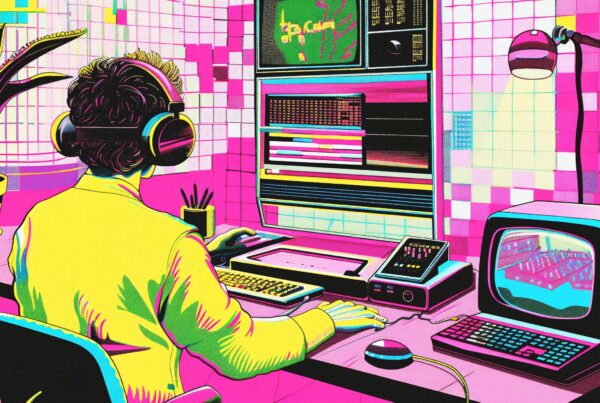Once upon a time, the copywriter was the wizard behind the curtain—the wordsmith who could turn a product into poetry and a slogan into a sales machine. But in today’s marketing landscape, the copywriter is starting to resemble a relic of a bygone era. With AI-powered tools cranking out content by the second and the average consumer’s attention span shrinking to the size of a TikTok clip, the classic art of crafting copy is being squeezed out. The question is no longer “how clever can we be?” but rather “how quickly can we say what we’re selling?” So, is the copywriter extinct—or just evolving into something else entirely?
The Shrinking Role of Copywriters in Modern Marketing
Once a revered position in the agency hierarchy, the copywriter today is often seen as optional. In the Mad Men era, copywriters sat at the creative core of campaigns. They were the ones who shaped brand voices, wrote unforgettable taglines, and turned mundane features into magnetic benefits. Fast forward to now, and many marketing teams are skipping the wordsmith altogether, opting instead for templated messaging, AI-generated blurbs, or simply letting designers and product managers take a stab at the copy.
Why the shift? Because marketing is no longer about seduction—it’s about speed. The funnel has been flattened. Consumers don’t want to be wooed with metaphors or clever turns of phrase; they want to know what you’re offering, how much it costs, and why it makes their life easier. That’s it. The romanticism of the perfectly crafted headline has given way to the pragmatism of bullet points and bold CTAs. The copywriter, once a strategic partner, is now often treated as a luxury rather than a necessity.
Of course, there are still places where great copy matters—luxury brands, emotional storytelling, long-form content—but those are becoming niche exceptions in a landscape that rewards clarity over creativity. The average startup or e-commerce brand isn’t paying for prose; they’re paying for performance. And if an AI tool can generate 80% of the needed copy in 10 seconds, why wait three days for a copywriter to deliver a “clever” alternative?
How AI and Simplicity Are Redefining Advertising
AI has not just entered the chat—it’s taken over the conversation. Tools like ChatGPT, Jasper, and Copy.ai can now generate headlines, product descriptions, and even full ad campaigns in seconds. And the kicker? Most consumers can’t tell the difference. That’s not necessarily a knock on AI—it’s a sign of how stripped-down and formulaic most advertising has become. When the message is “Buy now, limited time offer,” do you need a poet or an algorithm?
This isn’t just about automation—it’s about simplification. Marketing is increasingly a game of minimalism. The fewer the words, the better. The clearer the offer, the greater the conversion. Brands are realizing that clever doesn’t always convert. Simplicity scales, and AI is built for scale. It doesn’t get tired, doesn’t need feedback loops, and doesn’t agonize over which verb sounds more “on-brand.” It just delivers.
The result? A homogenization of language across the web. Scroll through any DTC brand’s Instagram ads or Shopify product pages, and the copy starts to blur together. Everyone’s saying the same thing in the same way. Originality is being sacrificed on the altar of efficiency. That’s not entirely AI’s fault—it’s the direction marketing has chosen. But it does raise a question: if all the copy sounds the same, what happens to brand differentiation?
Short Attention Spans Demand Direct, Clear Messaging
Let’s face it—no one’s reading your beautifully crafted paragraph about the artisanal heritage of your coffee beans. They’re skimming. They’re scanning. They’re deciding in seconds whether to click or bounce. Attention spans are no longer measured in minutes—they’re measured in milliseconds. In this environment, clarity beats cleverness every time. The best-performing ads today are often the most brutally direct: “50% off. Today only. Free shipping.”
And it’s not just ads. Websites, emails, product pages—they’re all being trimmed down. The goal is to remove friction, not add flair. Copy is no longer about storytelling; it’s about utility. It’s the UX of language. If your sentence doesn’t serve a purpose, it’s gone. This has fundamentally changed the role of words in marketing. The copywriter used to be a storyteller. Now they’re more like a UX designer with a keyboard.
That said, there’s still room for great copy—but it has to earn its place. If you’re going to be clever, it better be clear. If you’re going to be poetic, it better convert. The bar is higher, not lower. And the margin for indulgent writing is razor-thin. In a world where consumers have a thousand tabs open and a thumb ready to scroll, your words need to punch, not purr.
So, is the copywriter extinct? Not quite—but they’re certainly endangered. The role is evolving from artisan to architect, from storyteller to strategist. The ones who survive will be those who adapt—not just to AI, but to the new realities of attention and simplicity. Great copy still matters, but only when it does more than just sound good. It has to work. In this era of stripped-down messaging and automated content, the copywriter’s challenge is no longer to be the most creative in the room—it’s to be the most essential.































